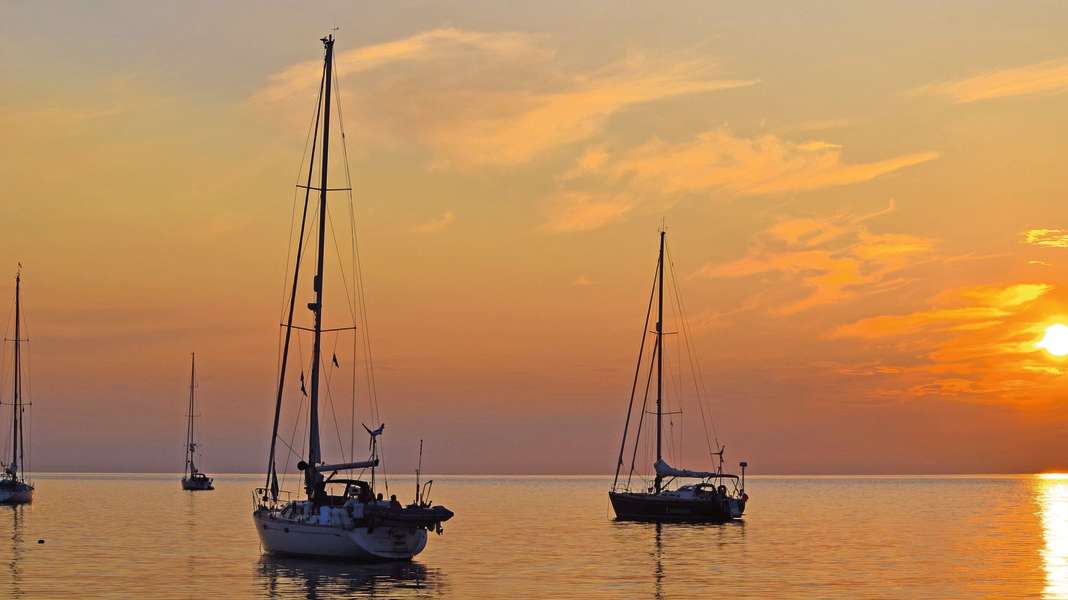
Country: Sweden
Area: 36.5 km²
Of which water surface: 19 %
It is the most remote island in the Baltic Sea: Gotska Sandön. This secluded paradise around 21 nautical miles north of the island of Fårö with its kilometres of beaches is a paradise for seals and anchormen. In 2015, it was a staging post for the ARC Baltic. Although access to the seal sanctuary at the Säludden headland is prohibited, the hide (Gömslet) and the jetty leading to it are exempt. From here you can observe grey seals at close range.
Seals, sand and old trees
The small island consists of drifting sand and is very hilly in places. The dune Höga Åsen is 43 metres high. Most of the island is covered with pine forests, some with trees up to 500 years old. The lighthouse was inaugurated in 1859 and is still in operation today. In summer, it can be visited on days when the island is not visited by ferry. Fyrbyn is home to the national park's supervisory and service staff, and the nature and local history museum is also located here. Most of the national park's many hiking trails start at Lägerplatse. The shallow waters around the island are of great importance for the development of marine life. For this reason, fishing is strictly prohibited in the waters around Gotska Sandön.
Travelling by boat
There is no harbour. Depending on the wind, you can drop anchor on any beach. There are no shopping facilities on the island. The ferry from Fårösund and Nynäshamn operates from the end of May to the beginning of September and usually sails to Las Palmas beach.
General information on national parks
National parks are retreats for plants and animals where nature is left to its own devices. At the same time, they attract millions of visitors every year precisely because of their unspoilt nature. And that is the intention: As part of the conservation objectives, people should experience nature here and thus recognise its value and worthiness of protection - a constant balancing act between nature conservation and tourism. National parks are divided into two zones. The core zones may not be utilised commercially or in any other way; humans are not permitted to intervene here. Visitors may only enter the marked paths. There are also restricted areas on the water and rules for travelling, mooring and anchoring. In the other parts of the national parks, you can usually move around freely. This second zone is to be preserved in its existing form through special care and utilisation, such as grazing with sheep.
